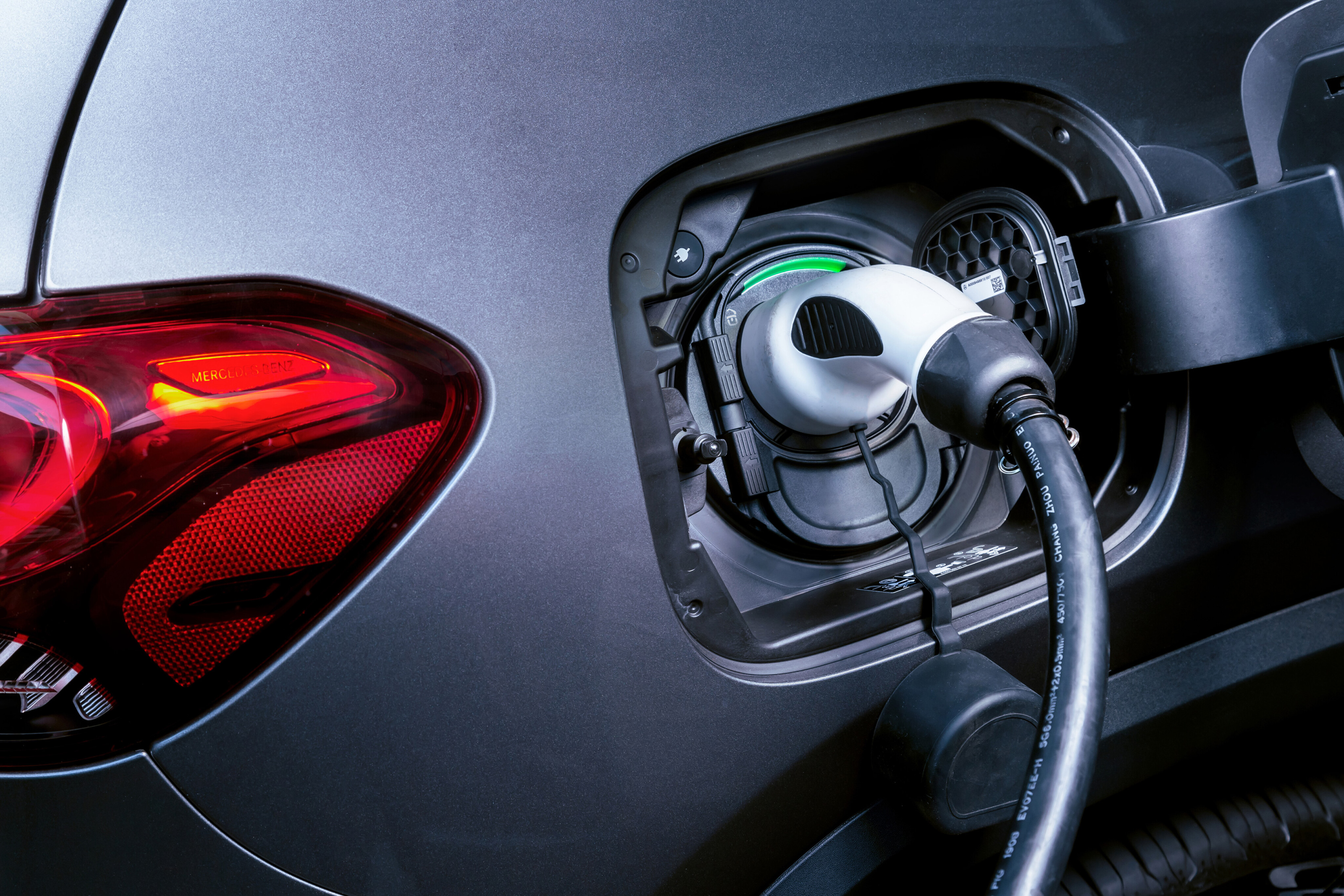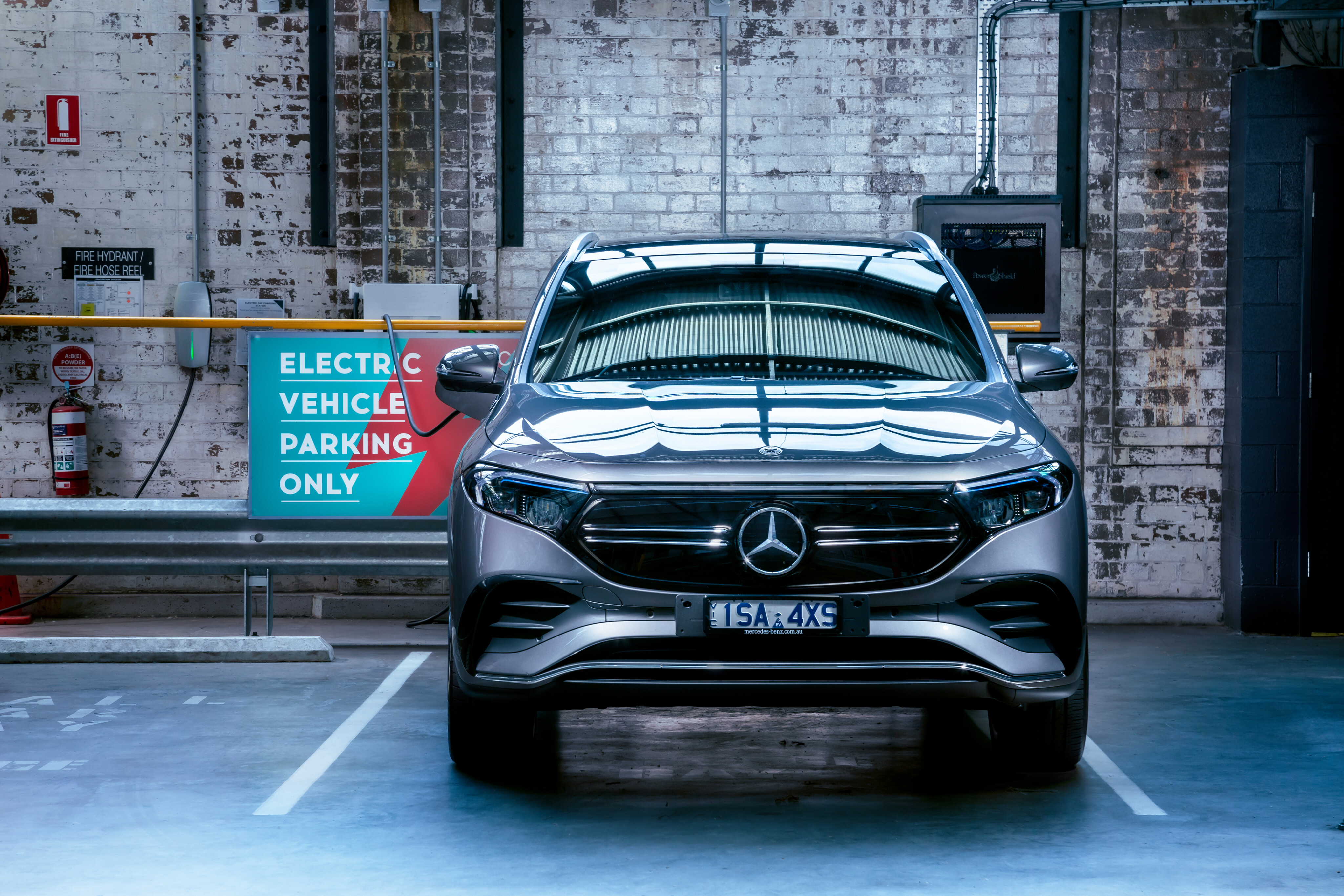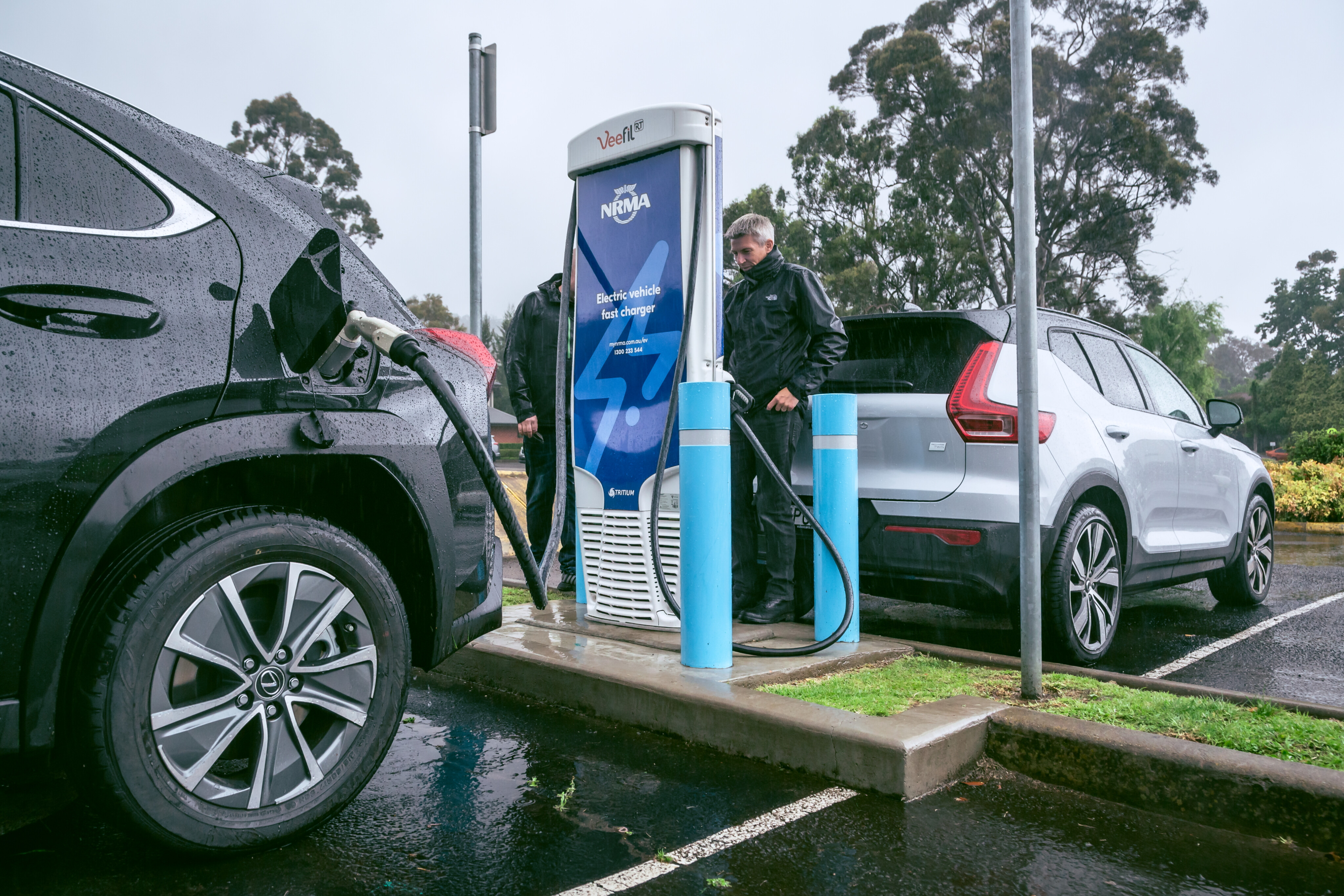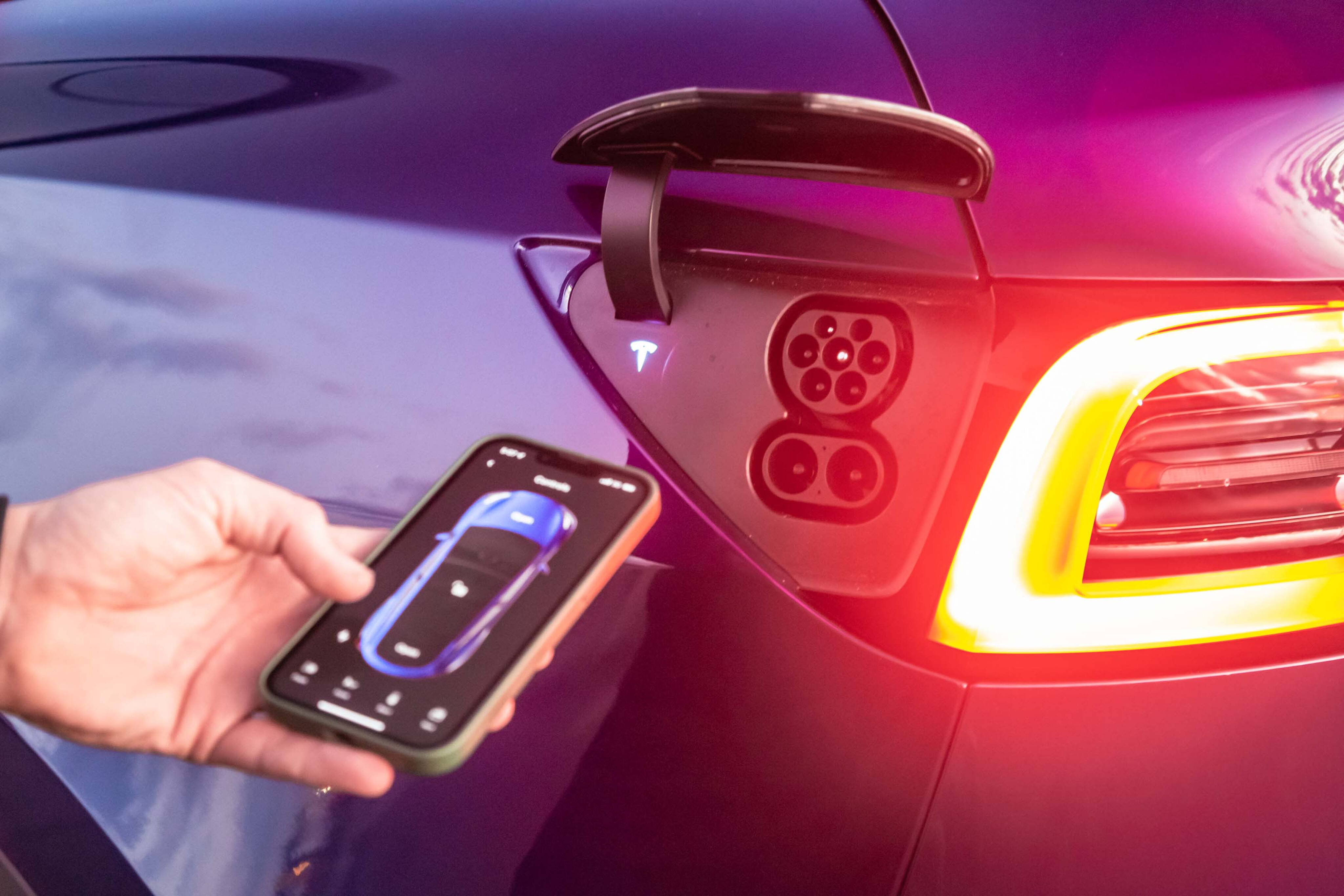
“Charging an electric car takes too long.”
We’re used to refilling a petrol or diesel car within minutes at the pump, and that's a hard expectation to break. Recharging an electric vehicle does take more time – and it can vary significantly.
Snapshot
- Charging speed is limited by power source and EV model
- Times vary from a few nights to around 20 minutes
- It’s not too long if you’re preoccupied with something else
It all depends on both the capabilities of the power source and EV model itself.
Electricity flows from the grid via distribution lines, to voltage transformers, then to the power outlet, wall box or charging station, and via a cable into the vehicle.
Then, the EV's battery management system (BMS) software controls the rate of volts and amps coming in to ensure the battery doesn’t get too hot and cause excessive degradation.
JUMP AHEAD
- ⚡️ What impacts charging speeds?
- ⌚️ Does charging an EV take too long?
- 🔋 Breaking down charging times
- ❓ Still sound complicated?

⚡️ What impacts charging speeds?
Key points
- Speed mainly limited by charging source and model AC/DC capability
- Peak charging speed isn’t indefinite, BMS software slows down rate for battery health
- Battery temperature and percentage also impact speeds
Charging source output
The AC power plug or AC/DC charging station equipment has a maximum energy speed output based on its capabilities and electricity grid connection.
Charging output rates are expressed in kilowatts (kW).
🔌 Note to self: Charging speed outputs
- ~2kW AC: Three-pin domestic plug trickle charging
- 7kW AC: Single-phase wall box
- 11-22kW AC: Three-phase wall box
- 20-350kW DC: 400- or 800-volt class public fast charging station
Vehicle AC/DC power input
Each EV model has its own AC-to-DC onboard inverter and DC charging limits. This means the maximum charge rate it can accept from any AC/DC charger under optimum conditions.
Additionally, there are slight charging losses in the energy transfer process, so not all electricity being outputted will exactly go into the EV battery.
Charging limits are two-fold
For example, the BYD Atto 3 Standard Range has up to 70kW DC charging capability. If you plug in at a pricier 350kW DC ultra-rapid station, it is limited to taking in a maximum of 70kW under optimum conditions.
Conversely, if you plug in a Tesla Model Y RWD on a 50kW DC public fast charging station – but the model has up to 170kW DC charging capability – it will only peak at 50kW under optimum conditions.
Battery size
The larger the battery capacity, the more energy is needed to replenish it. This results in longer charging times when compared to a smaller pack charging at the same speed.
Battery size is expressed in kilowatt-hours (kWh) – and differentiated by the actual usable capacity (net) and total capacity (gross) due to safety buffers. Only the former should be looked at.
Battery temperature
If the battery is too hot or cold and outside its ideal temperature range, the BMS will throttle the power input, which results in a slower charging time.
The battery temperature is mainly affected by the weather temperature and driving behaviour (harder accelerations, higher speeds heat up the drive unit and battery).
Battery percentage
Batteries are more stressed out when at a higher percentage, so the BMS algorithm will slow down the charging speed over time to maintain a healthy battery.
It’s especially slow after 80 to 100 per cent – but that's generally discouraged by carmakers anyway to help avoid excessive degradation for lithium-ion type batteries.
⏱️ How to achieve maximum fast charging speeds
- Use a compatible public DC fast charging station that outputs the same or more than the EV model’s peak DC capability
- Plug in from a low battery percentage, in warm weather and drive a bit before arriving at the station
- On equipped EV models, enable the battery preconditioning function (usually via the built-in maps) to actively heat up the battery before arriving

⌚️ Does charging an EV take too long?
Key points
- On DC, EVs take 20 to 60 minutes depending on the model
- On AC, EVs take one to three sleeps depending on the model
- Charging times aren’t a nuisance if you’re occupied with something else
At a DC fast or ultra-rapid station, electric cars take between 20 to 60 minutes to charge up to 80 per cent – depending on the aforementioned factors.
And, consider: if you’re going on a long road trip, you’ll likely need that time for a rest stop regardless. The same applies if you’re doing a grocery shop nearby, eating, or exploring other nearby amenities. However, it can be a nuisance if you’re not preoccupied with anything else – especially if you’re only relying on today’s patchy and unreliable public EV charging infrastructure.
Ideally, if you can access a standard 1.8kW three-pin home socket, it will replenish most battery sizes completely in one to three (eight-hour period) nights – when electricity rates are cheapest.
One night’s worth of recharging may already provide enough driving range for the next day based on your usage, so you don’t always need a full battery. After all, the average Australian travels between 30 to 40 kilometres per day.
However, using an installed single-phase 7kW AC wall box charger will guarantee a full recharge in just one night for most models.

🔋 Breaking down charging times
Key points
- Trickle charging times might seem long, but only takes a few nights parked
- 7kW AC single-phase (most common in households) guarantees one-night full
- 50kW DC (most common public fast charger) takes up to one hour
All charging times below are estimated based on calculations, unless disclaimed. It assumes recharging from 10-80 per cent (70 per cent charge) and the BMS constantly taking in the same maximum charging rate (which is unrealistic).
This serves as a rough guide only; the real-world charging time will differ depending on aforementioned factors.
Table below scrolls horizontally to reveal more columns.
| MG 4 Excite 51 (max 6.6kW AC/88kW DC) | BYD Atto 3 Standard Range (max 7.4kW AC/70kW DC) | Tesla Model Y RWD (max 11kW AC/170kW DC) | Kia EV6 (max 10.5kW AC/240kW DC) | |
|---|---|---|---|---|
| 1.8kW AC | ∼19 hours and 45 minutes | ∼19 hours and 29 minutes | ∼22 hours and 22 minutes | ∼28 hours and 46 minutes |
| 7kW AC | ∼5 hours and 23 minutes | ∼5 hours | ∼5 hours and 45 minutes | ∼7 hours and 24 minutes |
| 11kW AC | ∼5 hours and 23 minutes | ∼4 hours and 43 minutes | ∼3 hours 40 minutes | ∼4 hours and 53 minutes |
| 50kW DC | 40 minutes* | ∼42 minutes | ∼49 minutes | 73 minutes* |
| 350kW DC | ∼25 minutes | ∼30 minutes | ∼15 minutes | 18 minutes* |
| *Quoted claim from manufacturer | ||||
😕 Still sound complicated?
It’s true that recharging an EV will likely never be as simple as the "good ol' days" of pumping fuel into a conventional car.
But, for most people and in most cases, it shouldn’t be something that should weigh on your mind. Plug the car in when you get home and it'll be ready to go in the morning (if not sooner) – with enough charge for the vast majority of your day-to-day needs.
For more, check out the handy guides below.
More EV stories to help you choose the best car for your needs
🚘 EV news, reviews, advice & guides
- ❓ Short & sweet: Your EV questions answered
- ⚡ New EVs: Everything coming to Australia
- 🥇 Australia's EVs with the longest driving range
- ⚖️ Best-value EVs by driving range
- 💰 How much do EVs cost in Australia?
- 😰 How much more expensive are EVs?
- ⚖️ Number crunching: Is it time to switch to an EV?
- ♻ Should you buy a used EV?
- 🛡️ Are EVs more expensive to insure?
- 🆚 Costs compared: Charging an EV vs fueling a car
- 📖 EV charging guide
- 🚧 Are there enough EV chargers in Oz?
- 👨🔧 EV servicing explained
- 🔋 EV battery types explained
- 🪫 When do EV batteries need replacing?
- 🆚 Hydrogen v EVs: What's best for Oz?
- 🌏 How sustainable are EVs, really?
COMMENTS